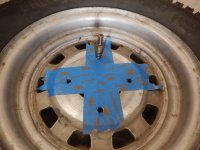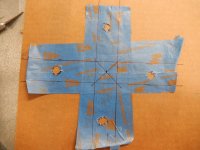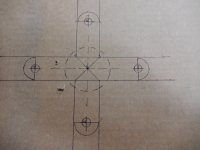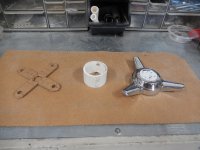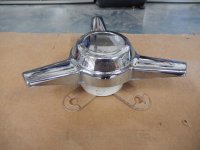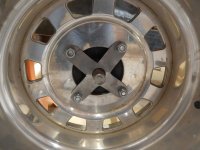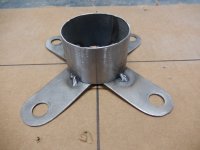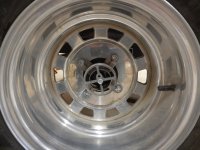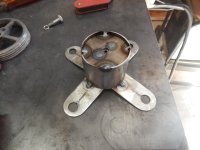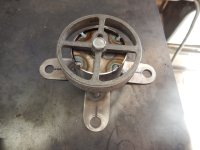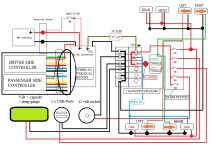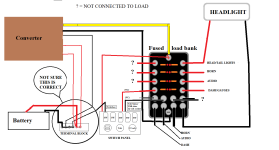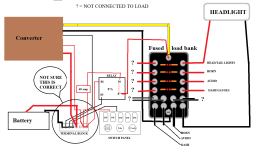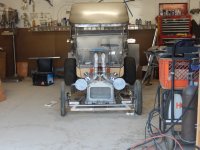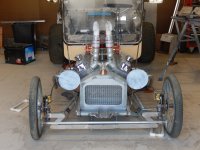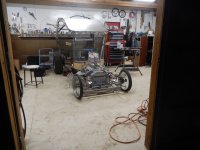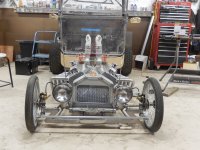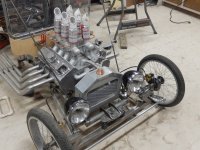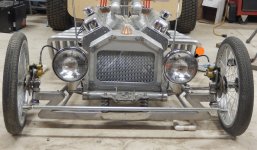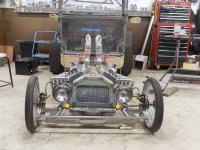Depends on the way your converter is made. If it has two (red) battery positive wires coming out of it, then the supply wire goes to battery, and switch wire goes to ignition.
If it only has one battery positive wire coming out of it, then:
If you intend the converter and anything it runs to only work if the ignition is on, then the converter should only get power from the switch.
If you intend the converter and anything it runs to work anytime the battery is switched on, even if the controllers are deactivated, then the converter should get power directly from the non-battery side of the battery switch.
Typically in my own systems, I wire the lighting (and any converters that run it, since mine have only had one power wire) to be powered anytime the battery breaker is switched on, so that I can use it roadside to work on tire/wheel/motor/controller/etc problems, even though the whole traction system may be turned off at the keyswitch.
On CrazyBike2 this was all direct-wired. On SB Cruiser this is all done with automotive relays (that have built-in 30A fuseholders, so I don't have to remember what fuse goes to what section of the trike).
The actual power to controllers/etc is not switched except at the battery breaker, but the keyswitch/ignition line to the controllers *is* switched by a relay.
If I need to I can even just pull the fuse to kill the controllers without switching the ignition off, so the Cycle Analyst/etc is still powered on and monitoring, but the controllers can't operate the motors and jerk the trike around, such as if I'm troubleshooting a throttle problem or a PAS problem and need to know when those are working right without having the motors go WHEEEEEEE.

